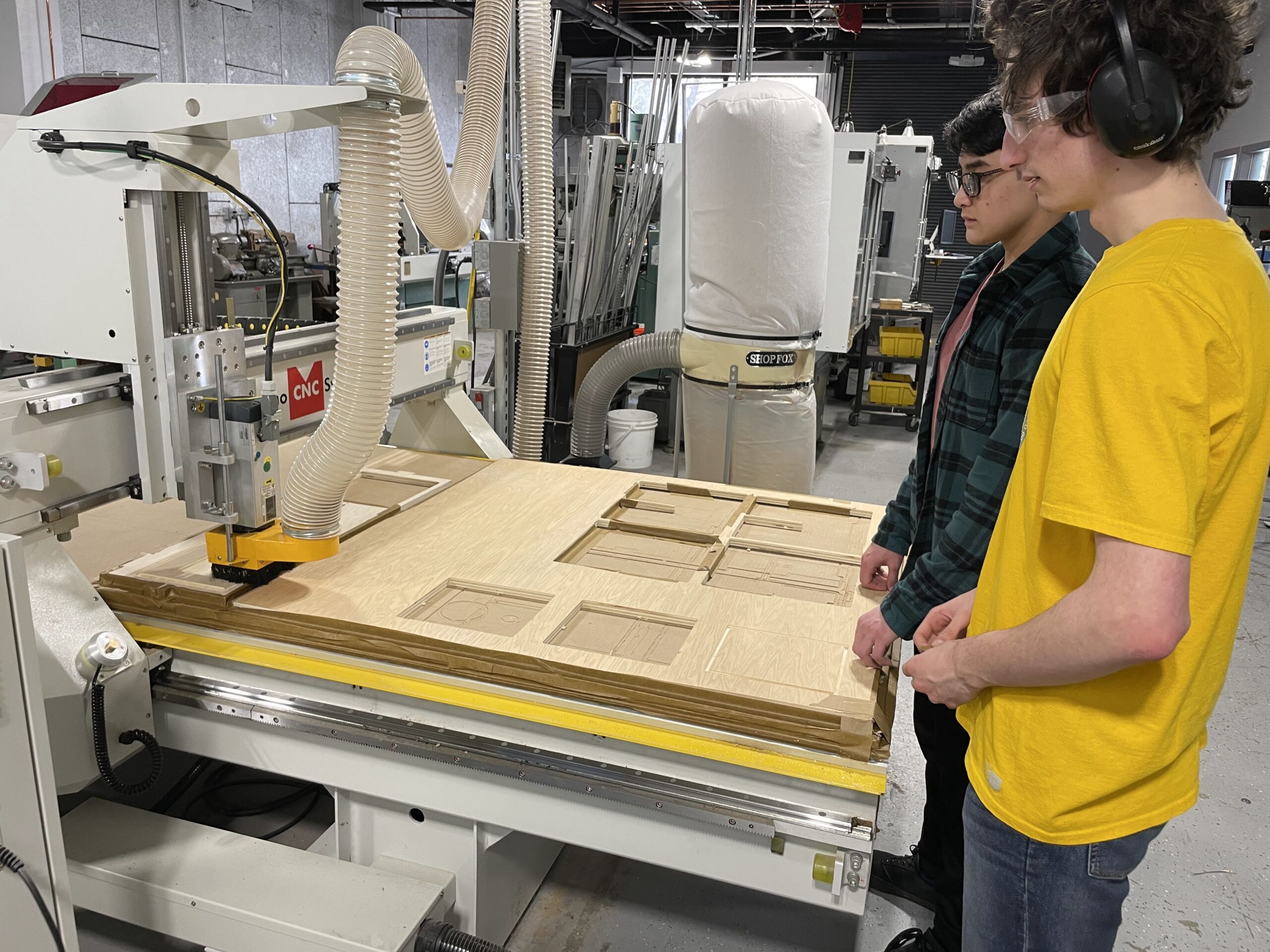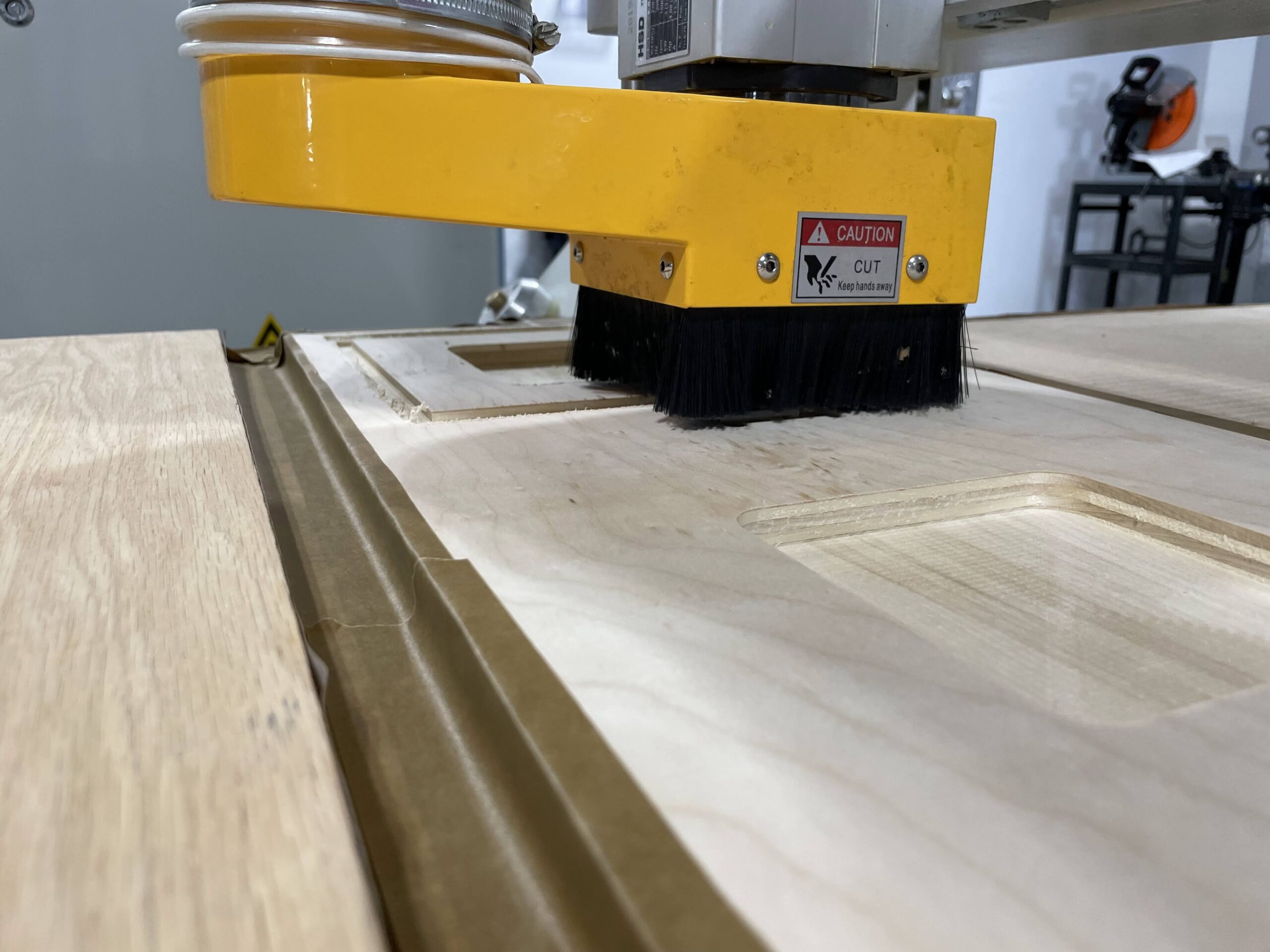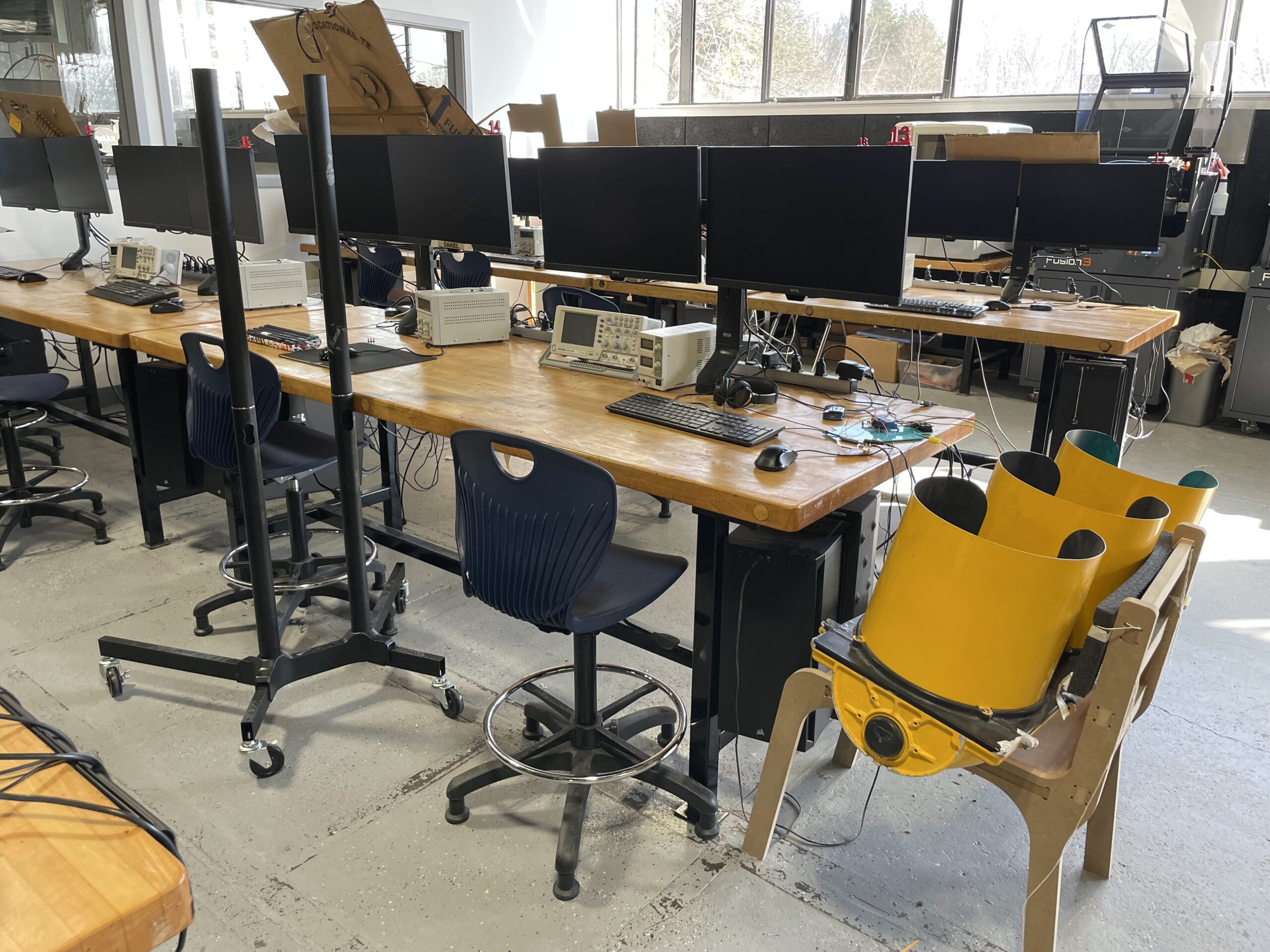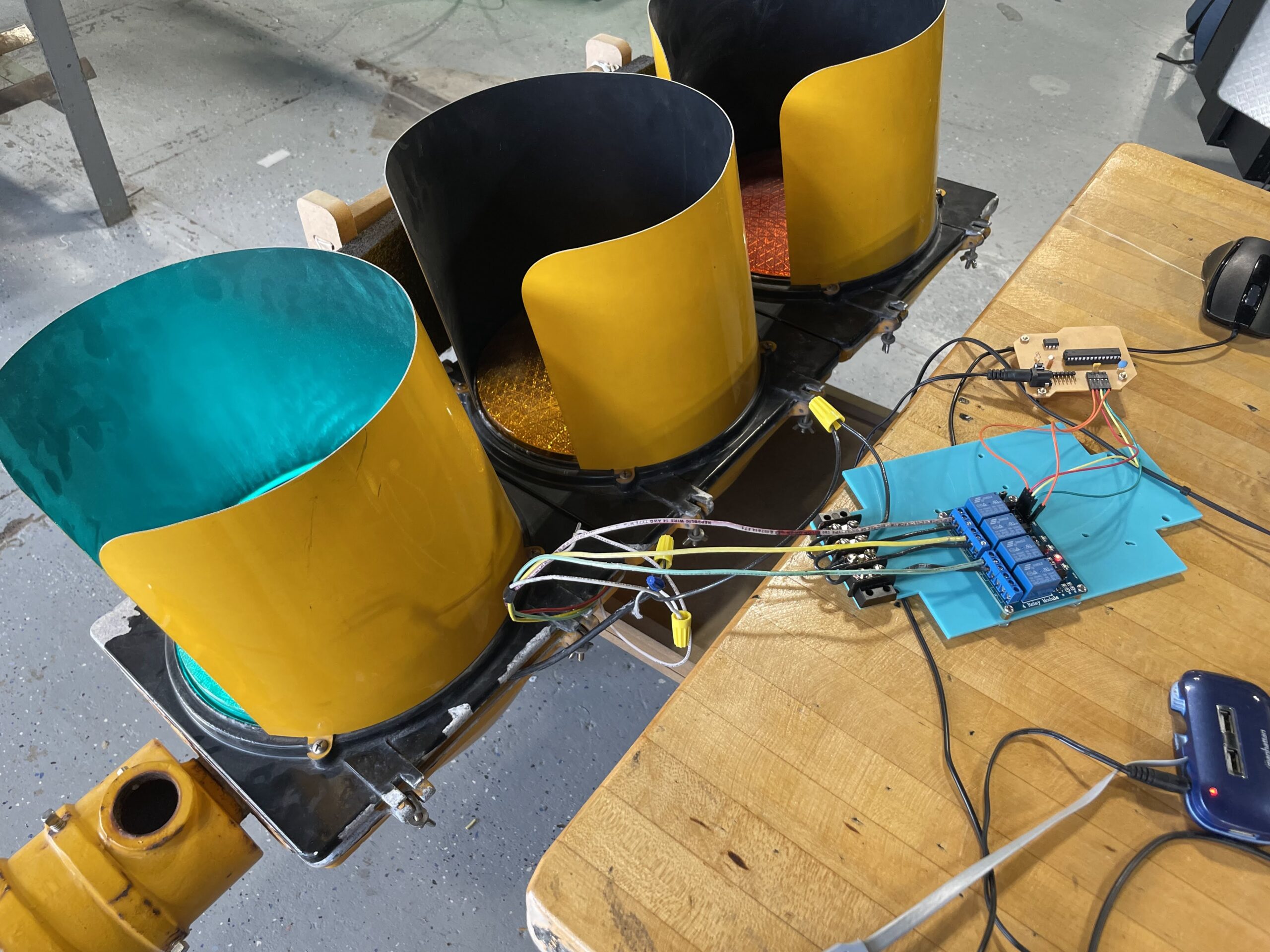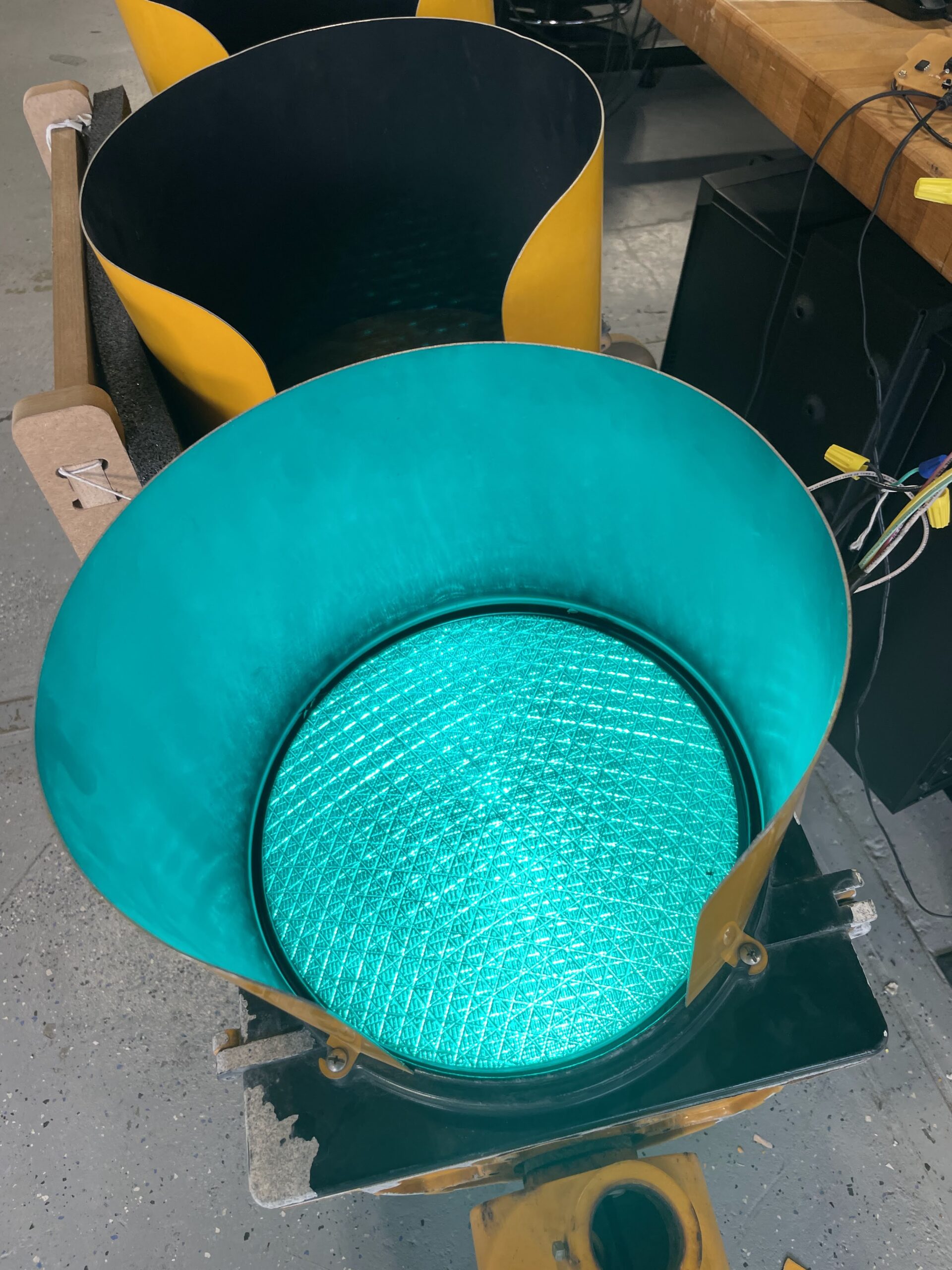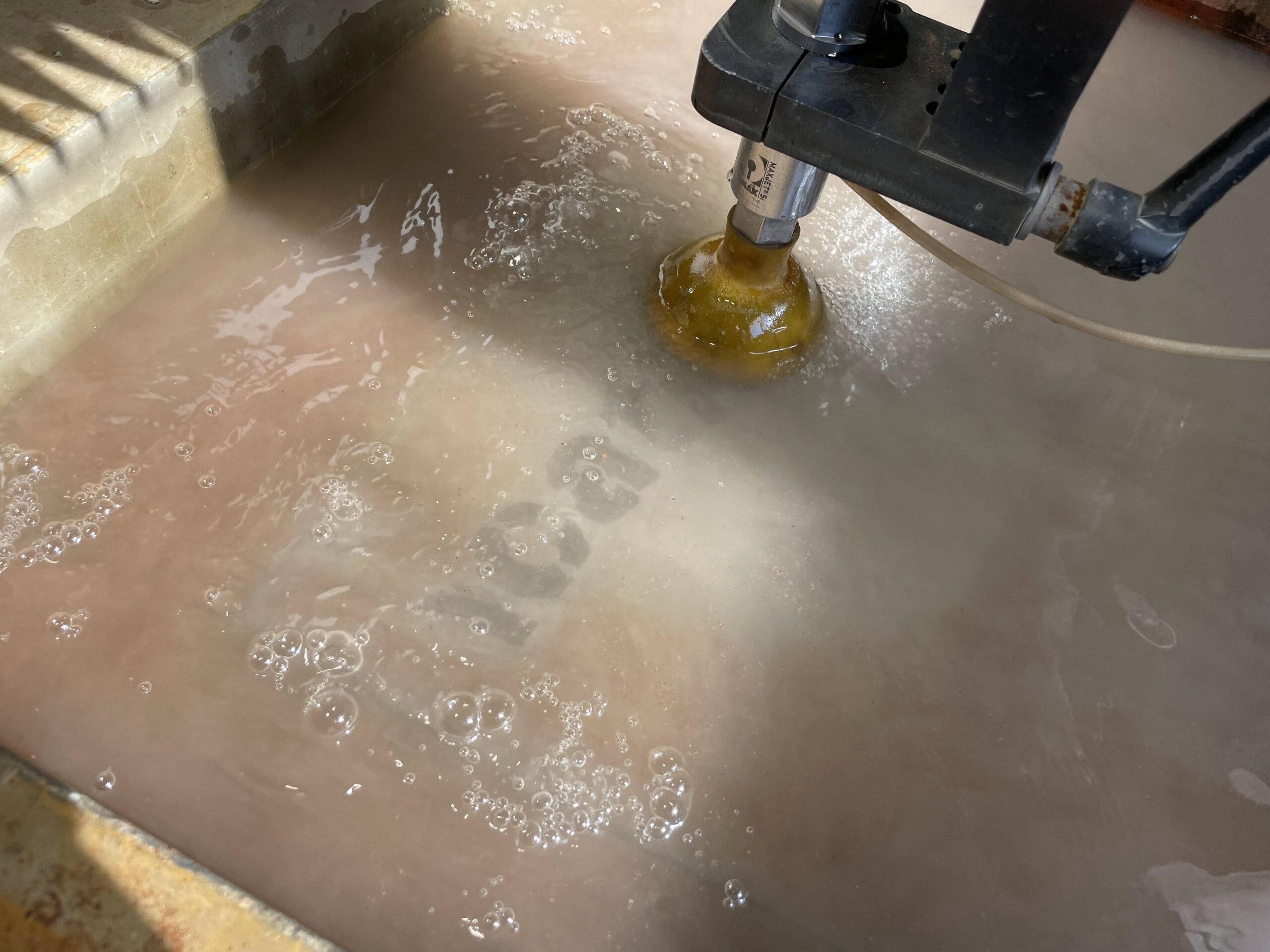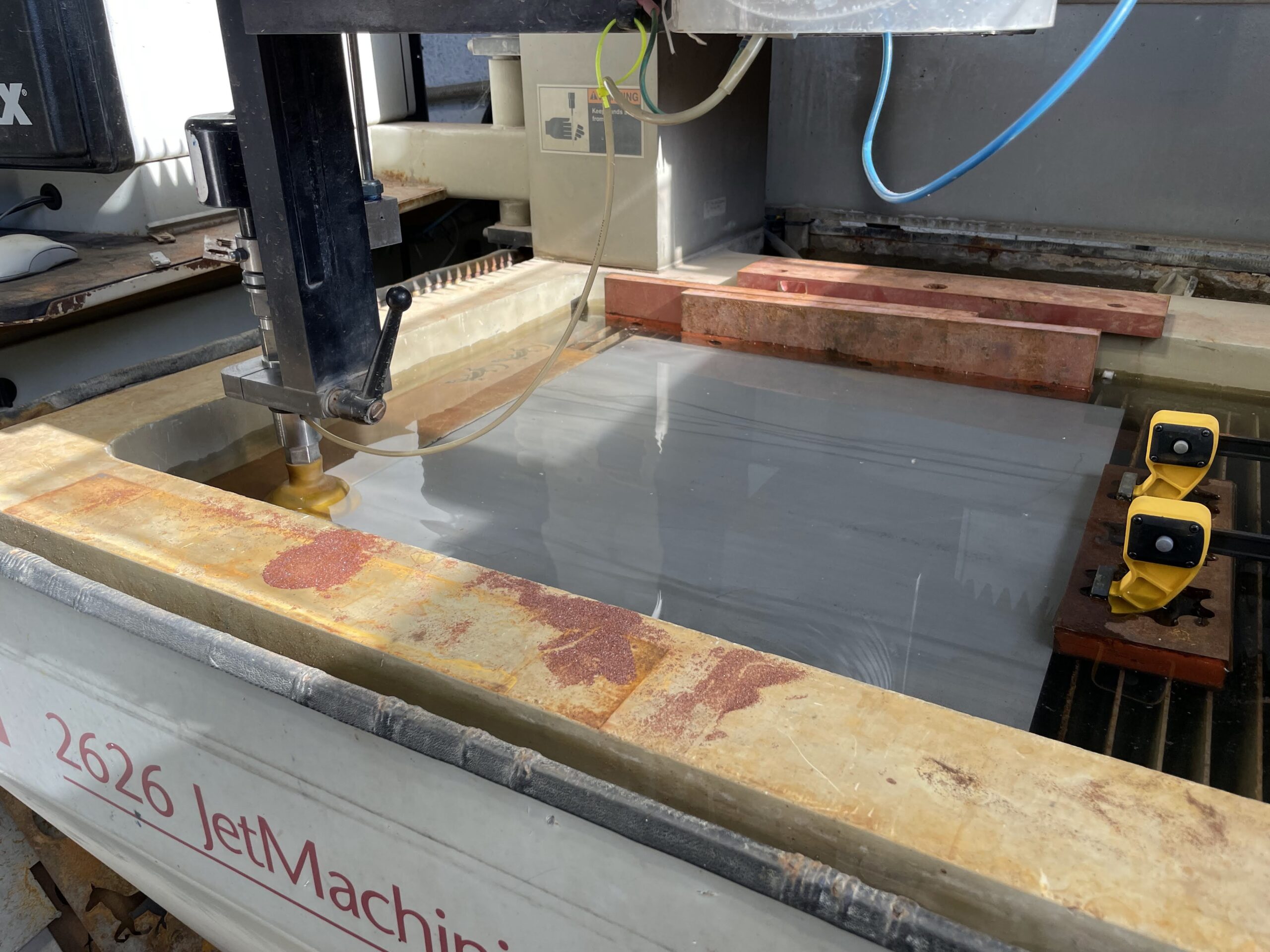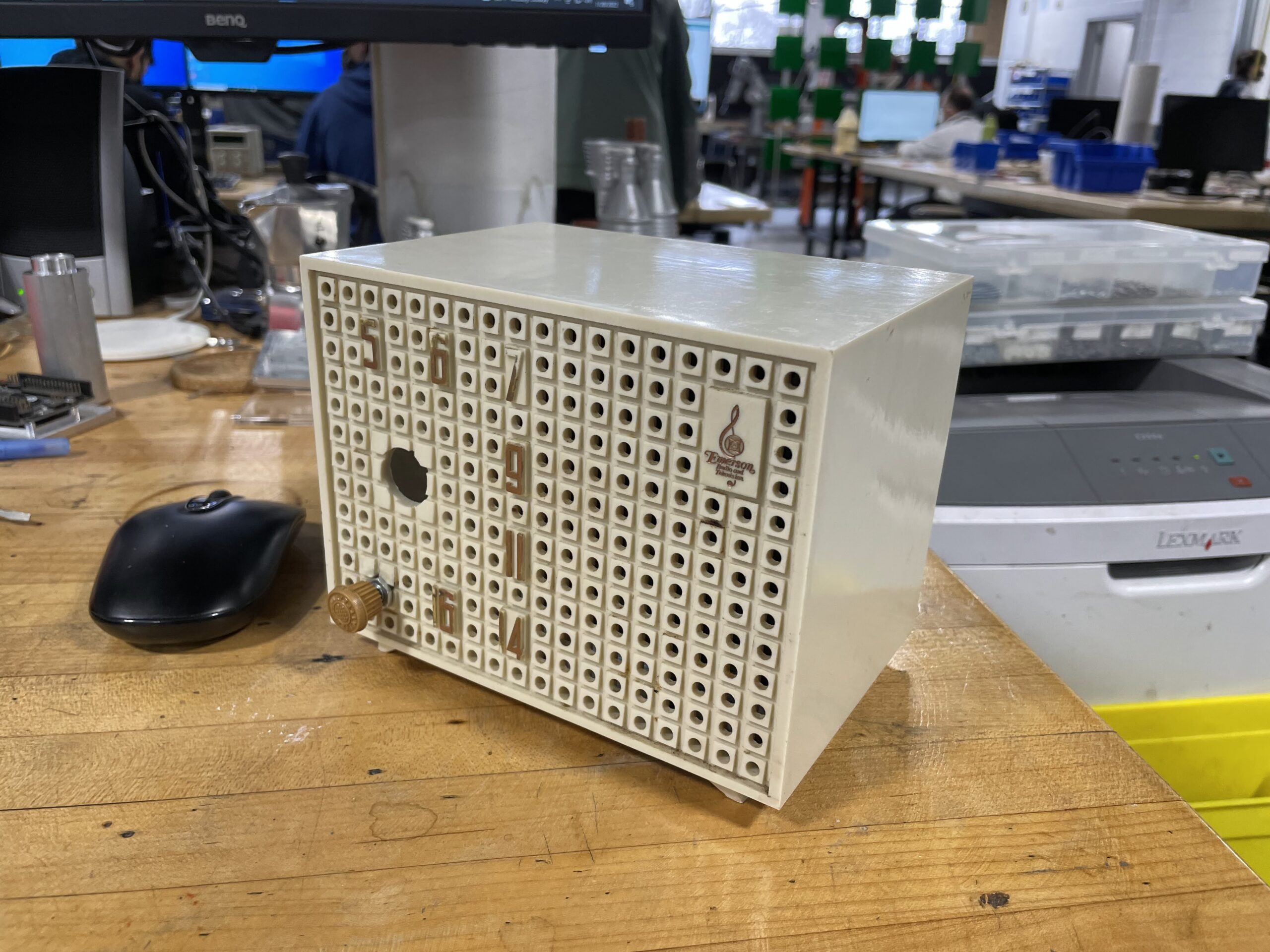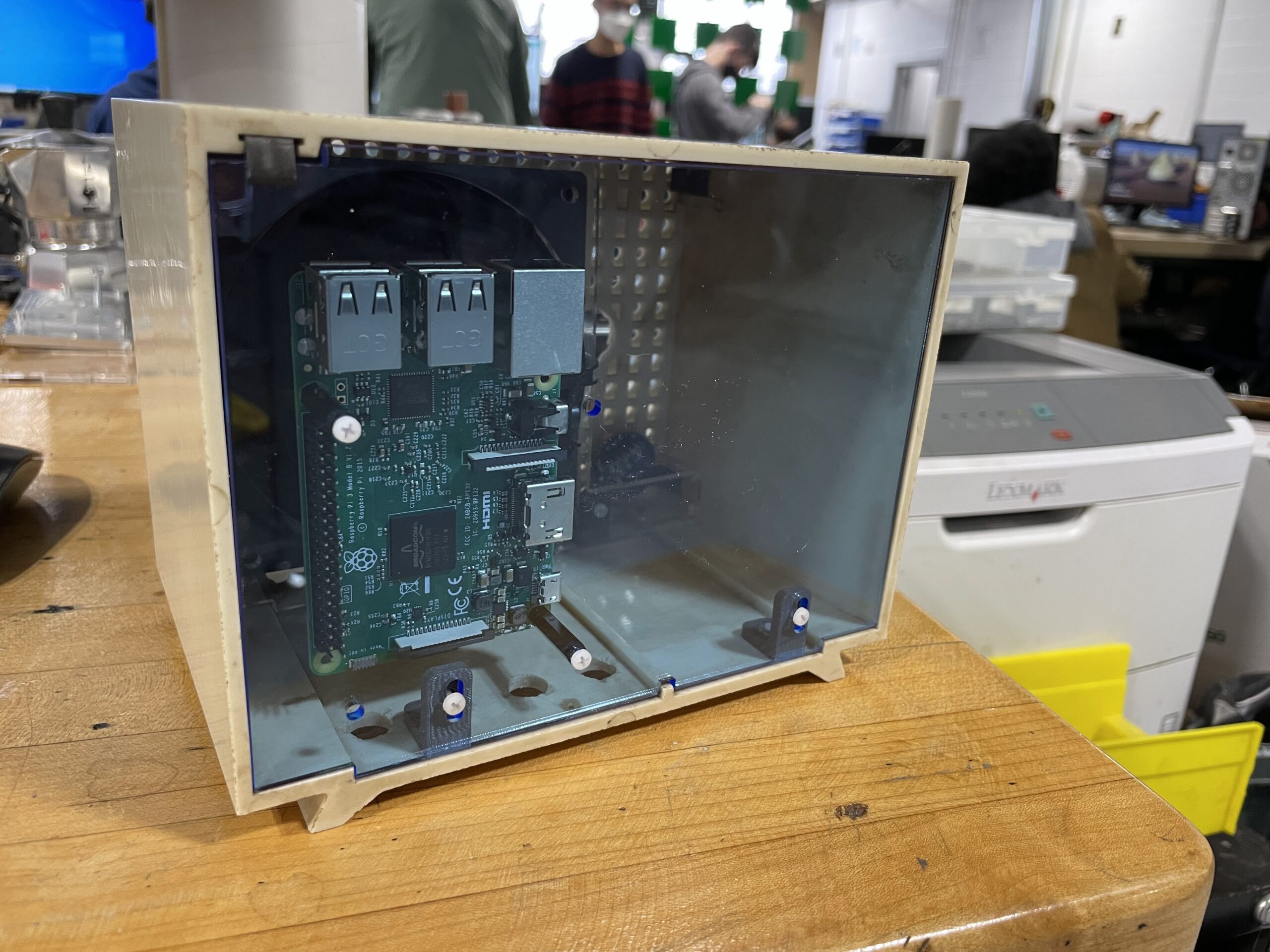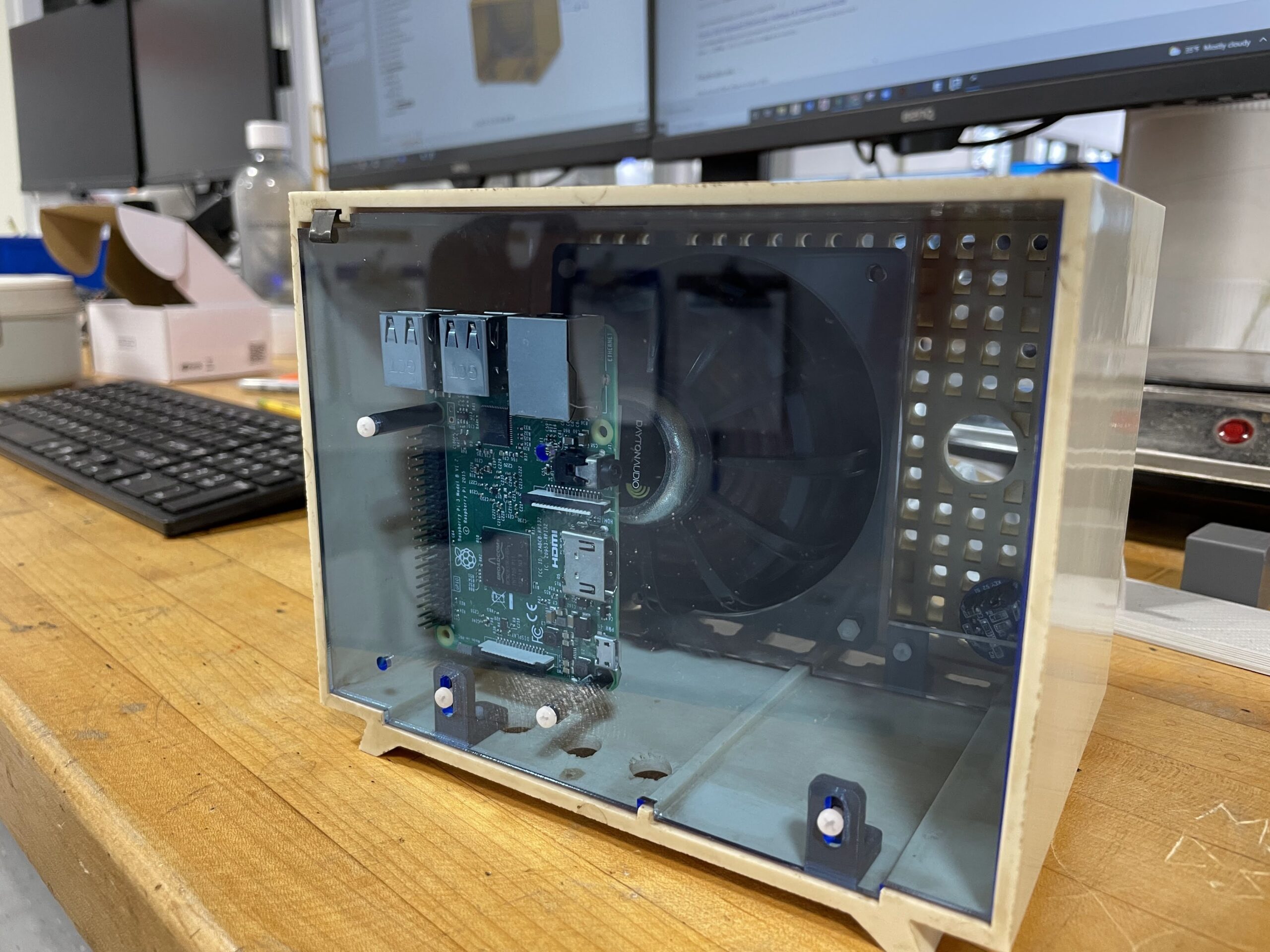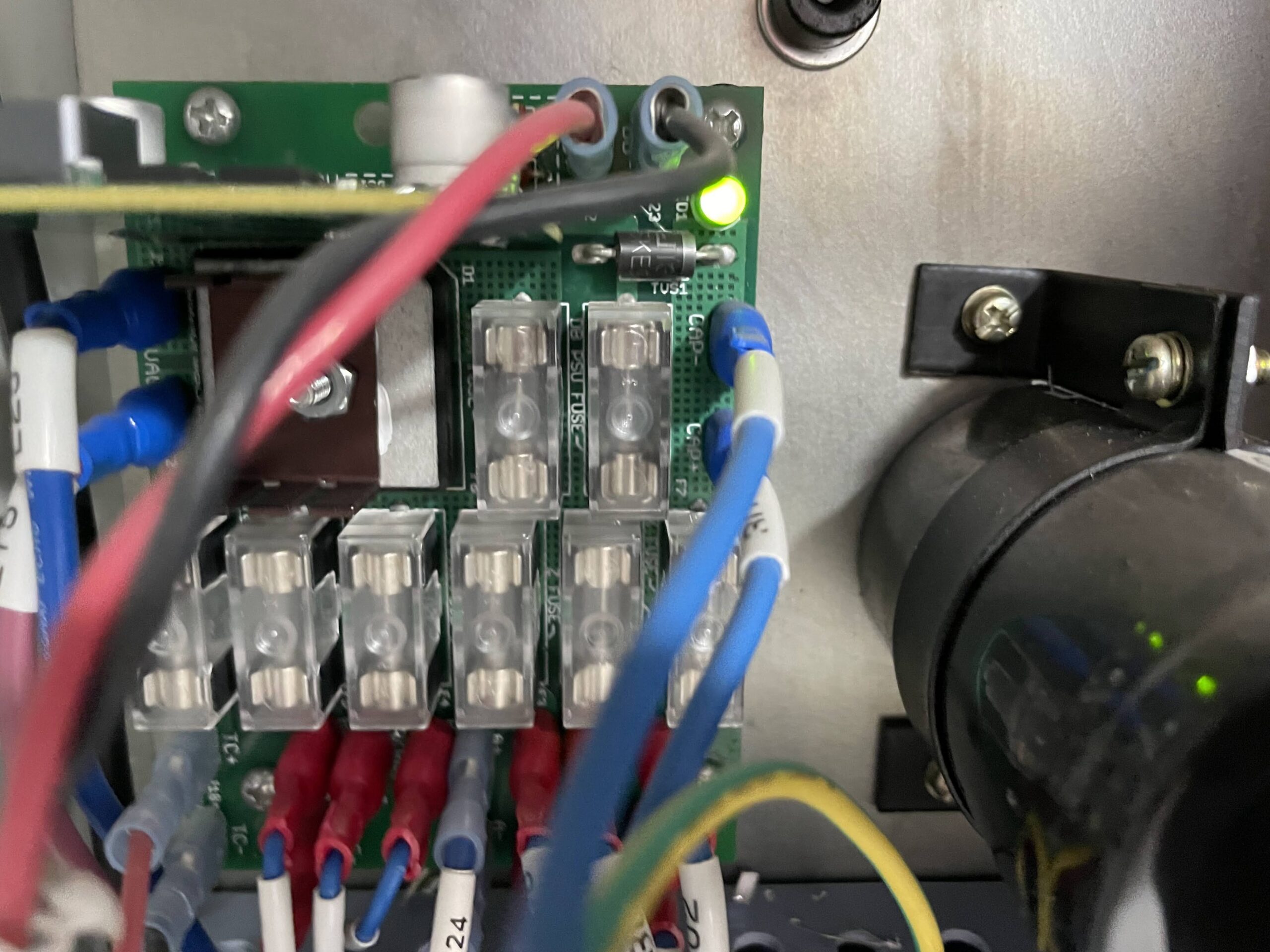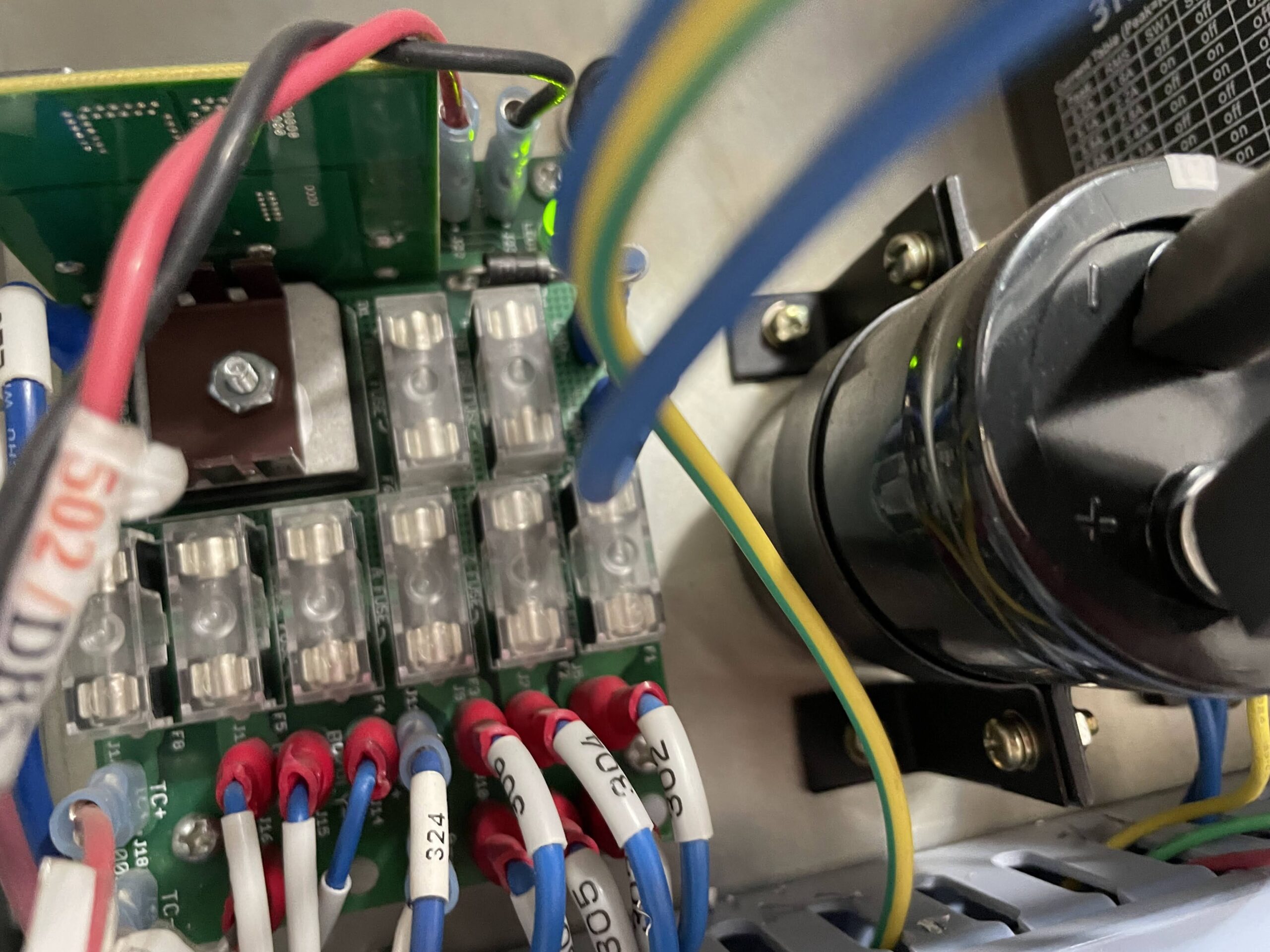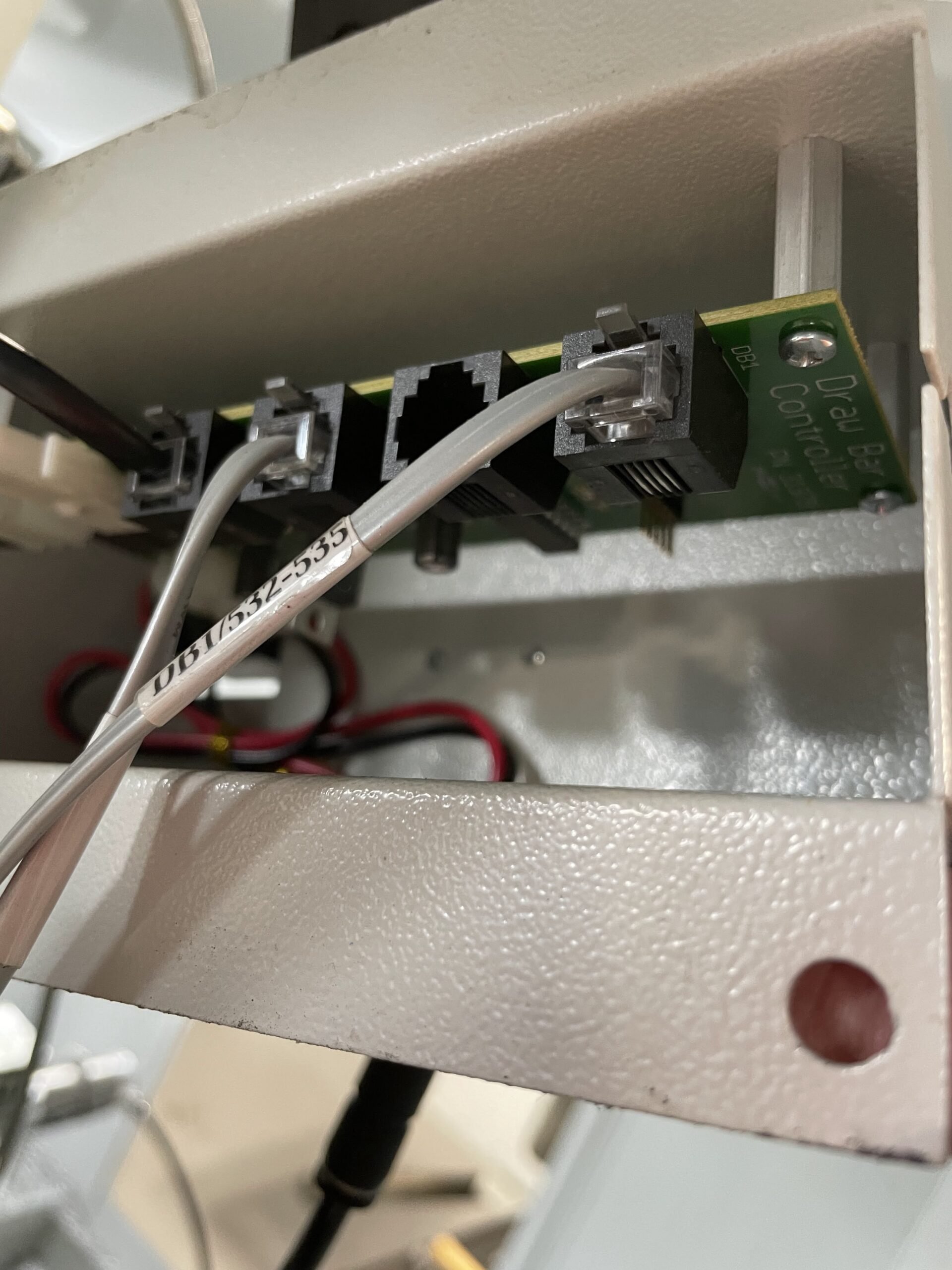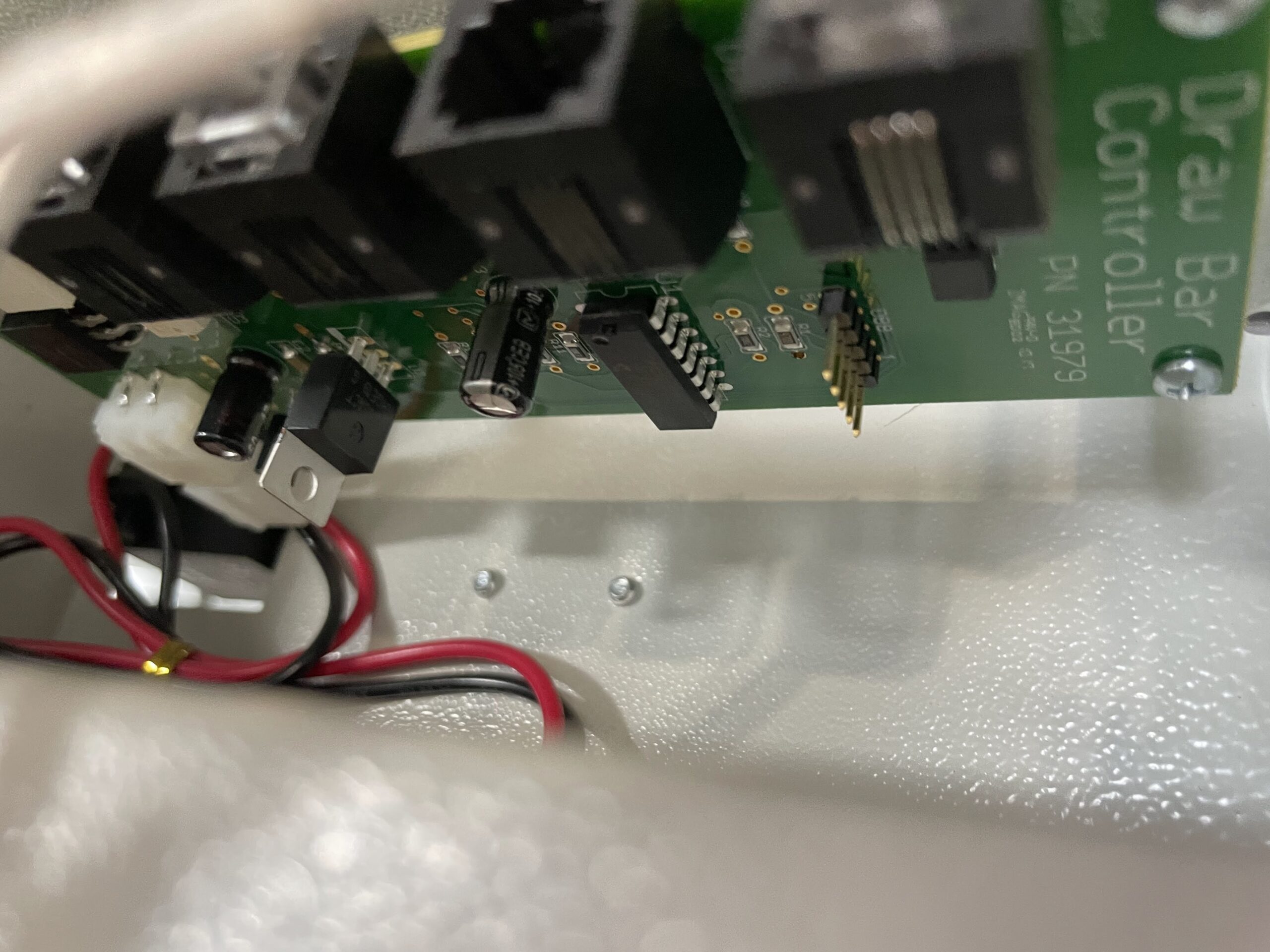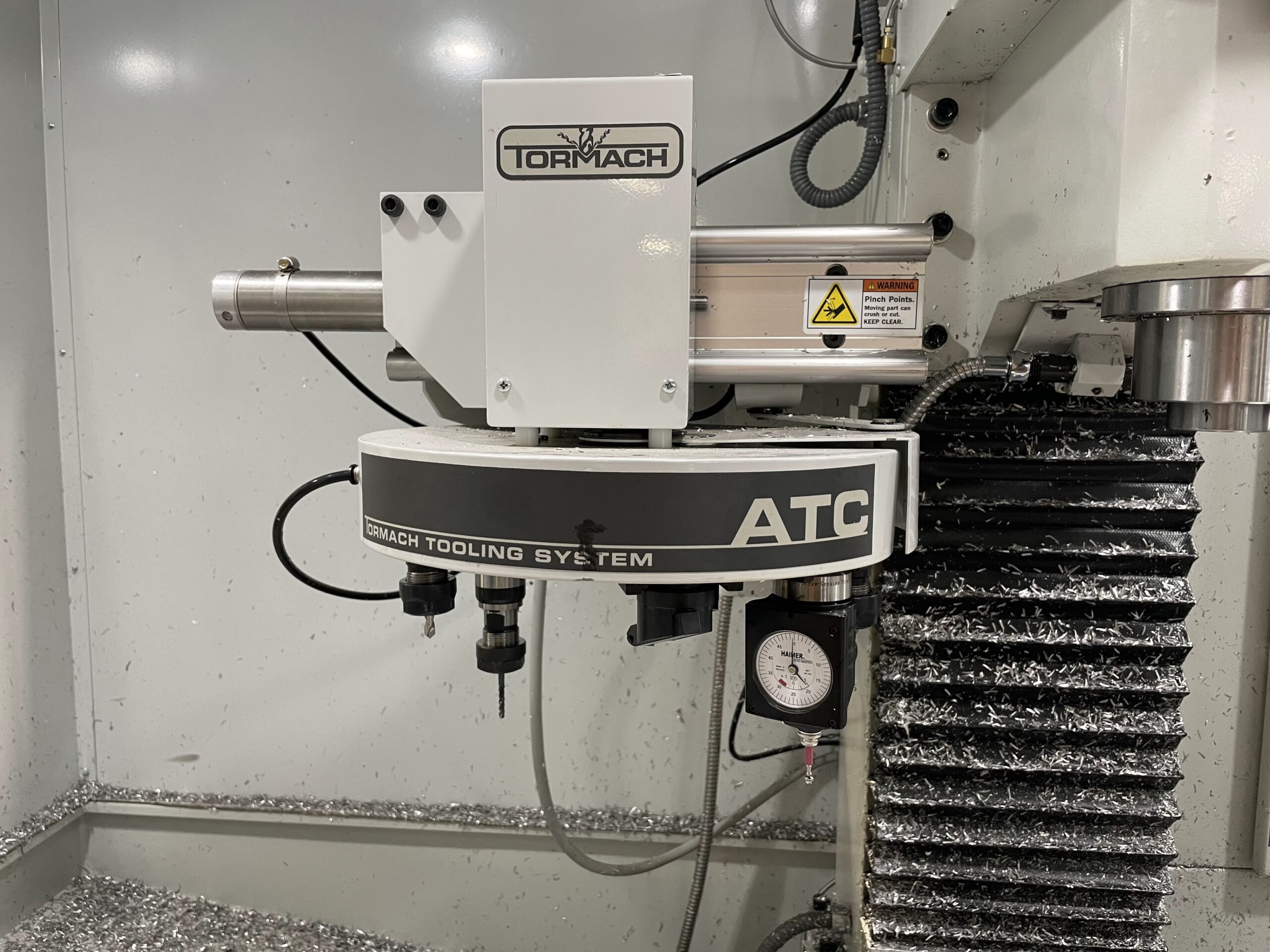While I’m still getting over the thrill of having a new Tesla to play with, the shop was focused on getting some CNC Router cuts executed today. Seniors Daniel and Lucas have been designing speaker boxes. The boxes are quite particular, using parameters within Fusion 360 to control volume specific to the different speaker dynamics. I wrote about it more specifically earlier this year in this post.
Today we began the first cuts of the Fusion 360 files. We exported the files from Fusion as DXFs and then imported them into VCarve. We created multiple cutting paths for different heights and types (pockets v profiles) and set the Atlas router to work. Below are a few images of the process. We will have more to show next week.
